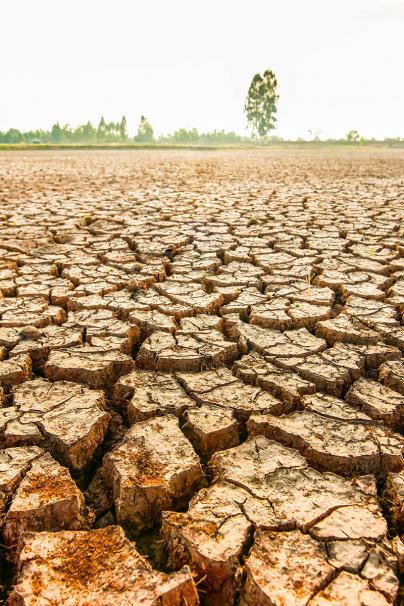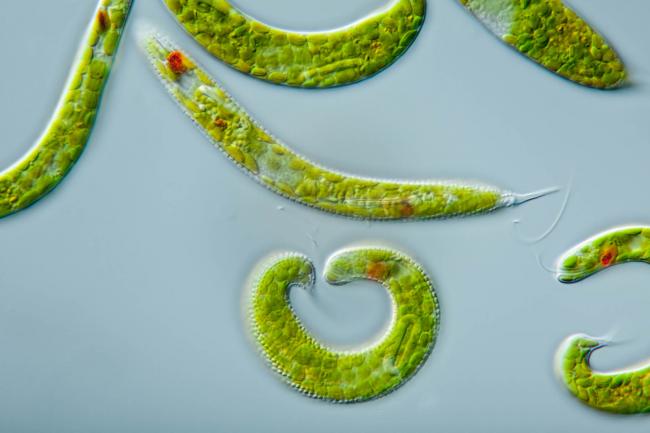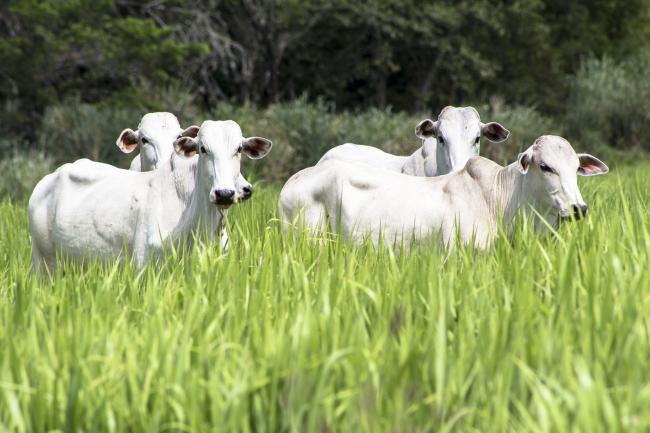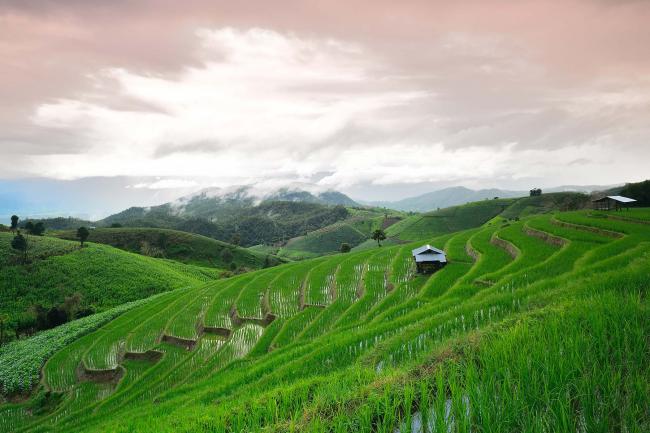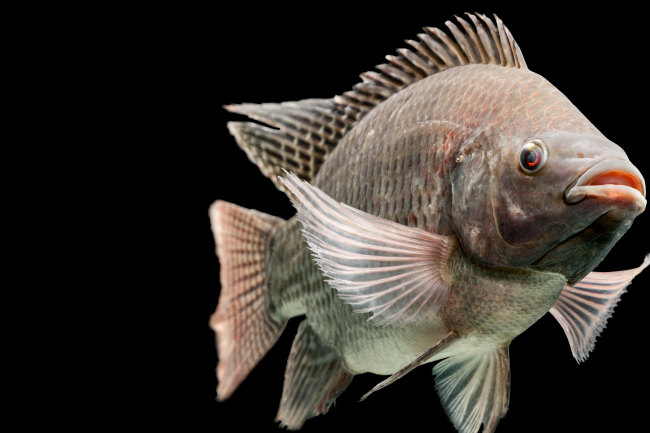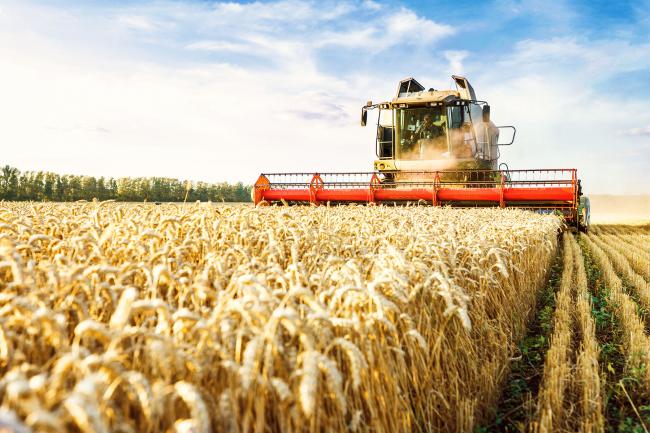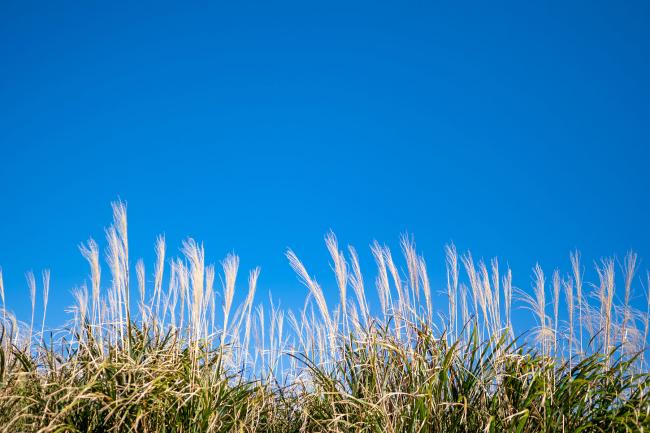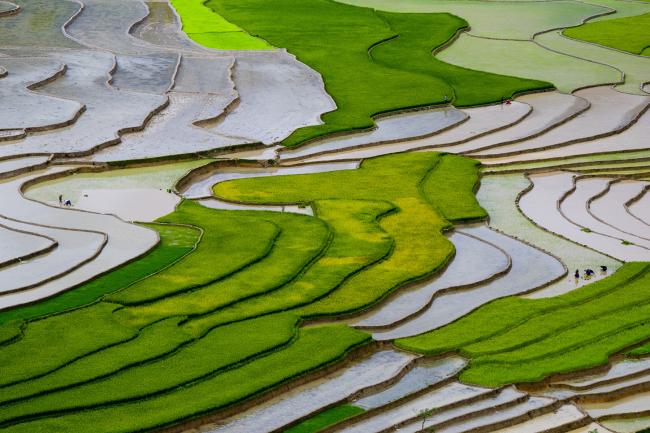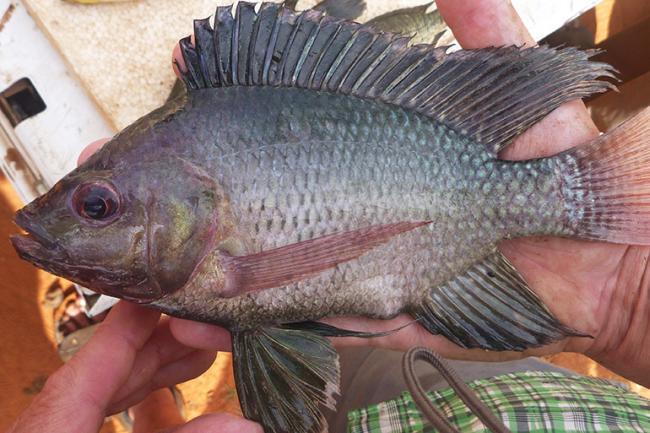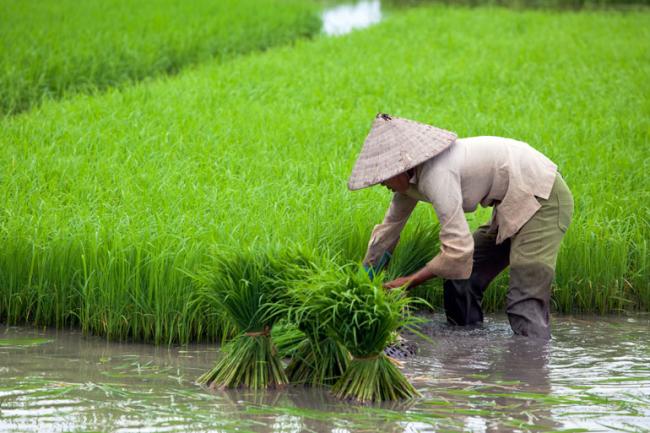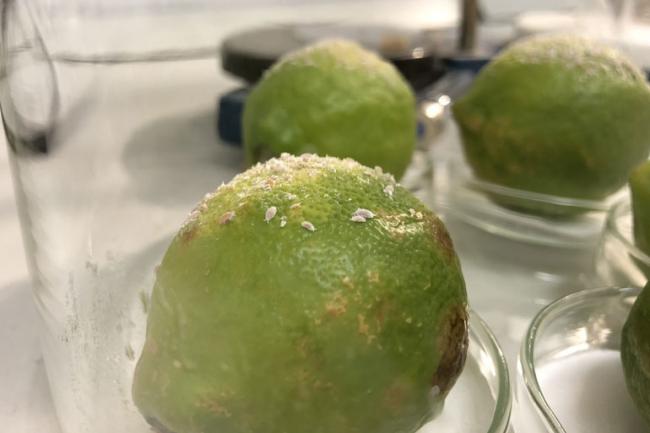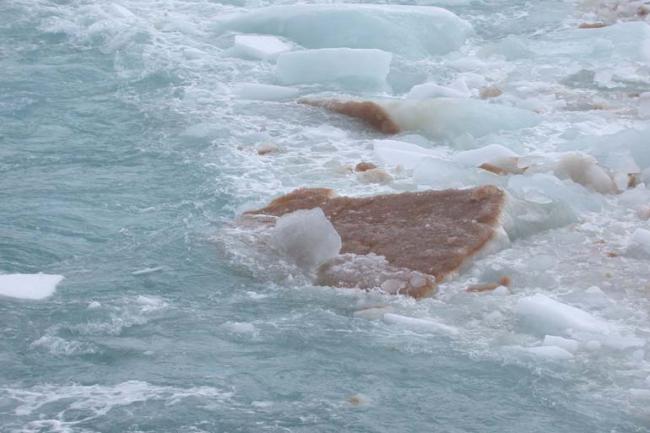Net zero by 2050. That’s the aim for the UK and much of the rest of the world if we are to avoid the most catastrophic effects of global climate change. While our scientific and technological exploits have played a large role in increasing emissions, today’s researchers are helping move us into a greener, more sustainable future.
As global leaders prepare to gather at COP26 in Glasgow, we explore some of the ways that Earlham researchers are contributing to the net zero agenda and helping us to achieve long-term food security in a warming world.
Many of the luxuries we enjoy today - abundant, cheap food among them - come largely thanks to heavy industry and burning fuel. Most of the world’s global trade is supported by millions of barrels of oil.
This cycle of burning fuel to fuel ourselves keeps supermarket shelves stocked with diverse, delicious and nutritious food.
It has had its benefits. Despite the damage - from leaching fertilisers and hacking down forests through to depletion of freshwater resources and extensive environmental pollution - over the past 25 years, global hunger had been in decline. For many, the socioeconomic benefits of maintaining the status quo seemed worth it.
Yet, increasingly devastating wildfires from California to Australia, vanishing coral reefs and Ocean atolls, and a sharp upturn in global hunger due to a rise in destructive weather extremes the world over, mean that the penny finally appears to have dropped.
If we are to avert a climate crisis and reach net zero, urgent action is needed. COP26 is an opportunity for political leaders to commit to policies and enable solutions that accelerate our transition to more sustainable food systems and greener energy.
Here are some of the ways Earlham scientists are getting us there.
1. Cattle fodder
The villain, according to many, livestock are responsible for a tremendous amount of our global greenhouse emissions - particularly methane.
Yet, subsistence and smallholder farmers - totalling hundreds of millions of people worldwide - rely on this vital food source for nutrition as well as livelihood. Milk, meat and eggs are a very important source of dietary protein as well as a range of essential vitamins and minerals. The income generated can be put towards more rich and varied food.
Scientists in the De Vega Group at Earlham are interested in how we can make livestock more productive and more efficient for those smallholders, by looking at the forage and fodder crops we feed them.
Also known as orphan crops, due to the lack of research investment into them, the group is busy generating genomics resources that can help farmers make the most out of marginal lands. Some, such as Guinea grass, can even reduce emissions of potent greenhouse gases such as nitrous oxide from the soil.
Making forage more nutritious for cattle has its benefits, too, for both the cow and the planet.
“Contrary to the logic, lots of published data shows that if you give nutritious food to the cow, with more vegetable protein and less fiber, it burps less methane,” De Vega told us in an interview last year. “Can we make cows produce more and belch less by feeding them a better diet?”
Image: Georgina Smith / CIAT
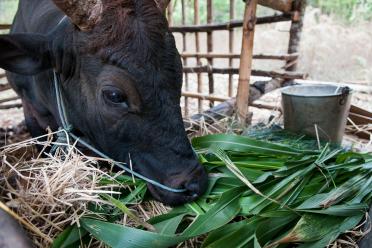
2. Green fuel
A controversial candidate for reducing emissions and reaching net zero, biofuels are often touted as both a solution and a problem. While in theory carbon neutral, land taken up to produce vegetable oils for biofuel production can damage wildlife, while also threatening food production.
Euglena & miscanthus, however, are two alternatives that Earlham scientists hope will provide more benefits than drawbacks.
Research published this year by the De Vega group showed that miscanthus - also known as elephant grass - has great potential to be grown on marginal lands, arable areas not suitable for growing crops.
In particular, the research team highlighted genes that allow miscanthus to thrive even in flooded conditions, opening the option to grow the crop on lands susceptible to flooding. Added to previous research showing that miscanthus can produce ethanol more efficiently than other biofuel crops, such as corn, it highlights significant potential for the crop.
Euglena, too, might offer an alternative fuel source that doesn’t compete for arable land. Like plants, this single celled protist harvests sunlight via photosynthesis. Being equipped with the biochemical precursors to biofuels means that a few tweaks could offer a viable commercial route to producing them.
At Earlham, Dr Ross Low is working on decoding the exceptionally complex genome of this organism, primarily to understand the evolution of protists and some of the ways parasites have evolved. But understanding its genome in more detail will open up the organism as a resource that can be used to harness its biotechnological potential.
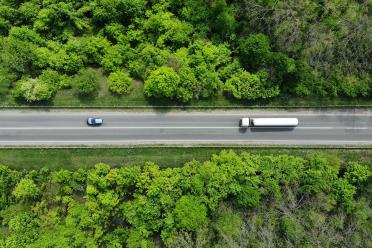
3. Sustainable pest control
High on the list of industries that contribute to global climate change and biodiversity loss is modern agriculture, which tends to thrive on additions of fertilisers and pesticides to ensure vigorous and disease-free growth of crops.
Unfortunately, while effective, the production of these agrichemicals often requires burning fossil fuels, while their widespread use and off-target effects are contributing to declining insect populations worldwide.
Scientists of the Patron Group at EI have been using synthetic biology approaches to offer alternative, plant-based solutions to the problem of pest control. Targeting insect pheromones, the idea is to engineer plants to produce compounds that put off specific pests by disrupting their mating. If such compounds can be produced naturally in plants, we can offset the polluting aspects of agrichemical manufacture.
There are further applications of this sort of approach. By understanding the building blocks of genes, we hope to be able to build novel genetic circuits in plants that can produce a range of biomolecules, including medicines and many other industrially manufactured molecules, which could be produced through more sustainable biomanufacture in plants.
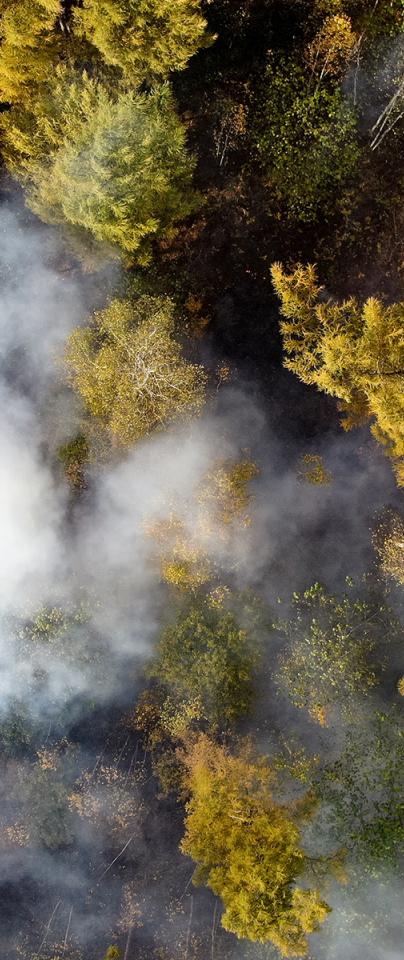

We must also come to terms with the fact that climate change is already happening, and learn how to deal with some of the more extreme effects of life in a world that will inevitably - despite our best efforts - be much warmer and more unpredictable.

4. Hybrid Wheat Initiative
Novel approaches can also be adopted to improve crops themselves, which is one aim of the recently launched Hybrid Wheat Initiative. Founded at the Earlham Institute's EI Innovate event last autumn, the Initiative connects the public and private sectors to deliver new approaches to make hybrid wheat a commercial prospect.
In relation to climate change and net zero, the Hybrid Wheat Initiative - and a successful programme of wheat breeding - would achieve several things: better carbon sequestration through greater above and below ground biomass associated with improved crops; fewer emissions such as nitrous oxide, as fertiliser could be applied in lesser amounts; and, importantly, the ability to generate more climate resilient crops that can maintain high yields even in the face of unpredictable climate extremes.
As wheat is the world’s most cultivated crop, improvements in this area will be vital if we are to reach net zero and climate resilience.
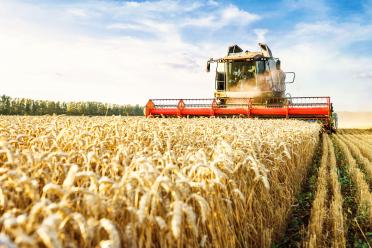
5. Salt resistant rice
Another crop that provides more calories than most, rice suffers from the effects of climate change in various ways. In Vietnam, a major issue is the salinification of rice paddies due to the encroachment of the sea in coastal, lowland areas.
Earlham’s De Vega group has been working with scientists and breeders in Vietnam for a long time, and recently published the fruits of their collaborative labour in generating genomic resources for hundreds of native Vietnamese rice varieties.
Led by Earlham’s Dr Janet Higgins, the team identified fifteen previously unidentified subpopulations of rice, several of which could contain untapped genetic resources for improving rice to provide drought and salt resistance.
At the time of publication, Dr Higgins told us that “Vietnam has a rich history in rice breeding, especially at the local level. The adaptation to multiple environmental conditions and regional preferences has created a wide range of varieties.
“This diversity constitutes a largely untapped and highly valuable genetic resource for local and international breeding programmes.”
Image: Georgina Smith / CIAT
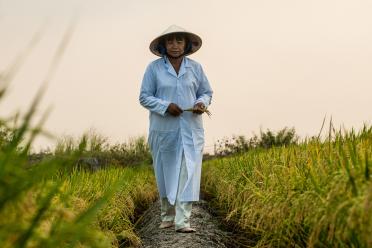
6. Tilapia
“In the context of climate change, fresh water will become a very scarce resource,” Earlham’s Dr Wilfried Haerty told us earlier this year. “We need to make sure that freshwater aquaculture can still thrive in these changing conditions.”
That’s why Earlham scientists have been teaming up with those at WorldFish and Bangor to provide excellent genomic resources to improve tilapia breeding, ensuring it can keep pace with our rapidly changing climate.
In the form of two new reference genomes that are more similar to the farmed fish used on the ground, it’s hoped that we can more quickly identify genetic regions that are important for growth and other traits of interest.
As John Benzie of WorldFish told us earlier this year, “tilapia is hardy by nature, and we are trying to make it even hardier. It's a fish on which a lot of smallholder farmers in Africa rely.
“It's one of the best opportunities to be able to improve productivity, reduce environmental impact, and gain better livelihoods.”
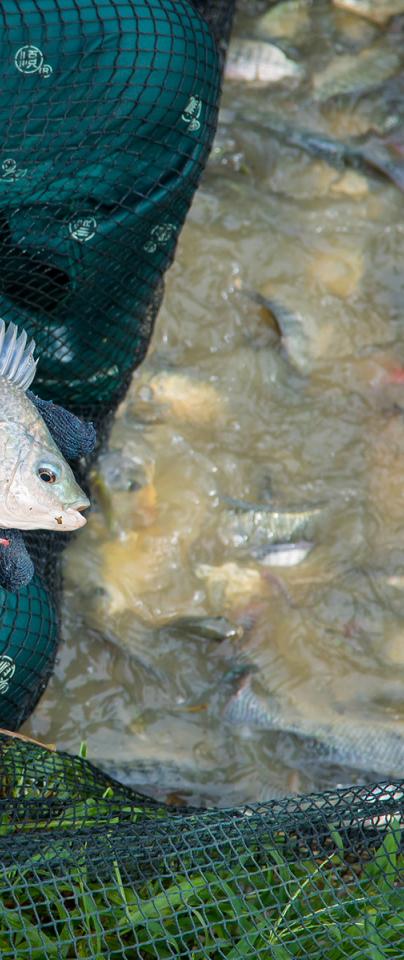

In the context of climate change, fresh water will become a very scarce resource, we need to make sure that freshwater aquaculture can still thrive in these changing conditions.

